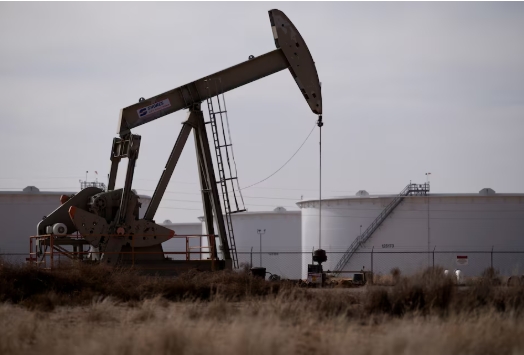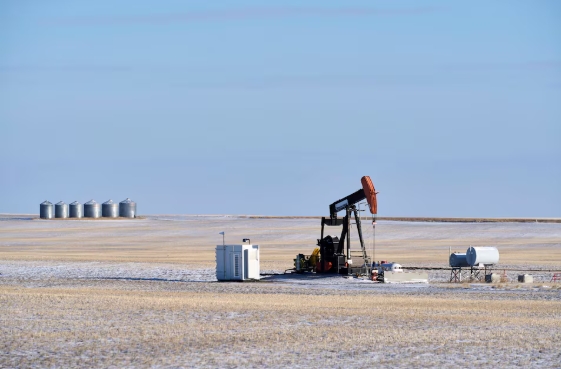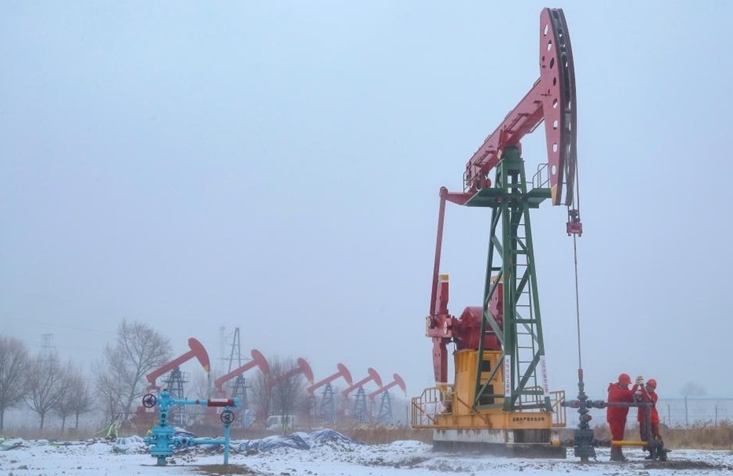
Brent crude futures settled 98 cents lower, or 1.18%, at $81.90 a barrel. U.S. West Texas Intermediate crude (WTI) was down $1.09, or 1.39%, to $77.57. Both benchmarks settled about 1% lower on Tuesday.
Federal Reserve officials at their last policy meeting indicated inflation could take longer to ease than previously thought, minutes of the Federal Reserve's May policy setting meeting, released on Wednesday, showed.
Lower interest rates reduce borrowing costs, freeing up funds that could boost economic growth and demand for oil.
"I wouldn't expect rate cuts to come before one of the fall meetings," said John Kilduff of Again Capital.
Also in the U.S., Energy Information Administration said crude stocks rose by 1.8 million barrels during the week ended May 17. That compares with a 2.5-million-barrel draw analysts forecast in a Reuters poll and a 2.48-million-barrel rise shown in the data from the American Petroleum Institute (API), an industry group. ,
"There was strong demand from refiners for crude oil and the gasoline demand was one of the highest we've seen in quite some time," Kilduff said. Part of that demand increase was due to pre-Memorial Day weekend stockpiling by suppliers, he noted.
Crude markets have been pressured by weakening fundamentals, such as falling spot Brent over futures and softer refinery margins. This will likely force OPEC+ to extend production cuts at its June meeting to support prices, according to Ole Hansen, Saxo Bank's head of commodity strategy.
Physical crude markets have been weakening. In another sign that concern of tight prompt supply is easing, the premium of Brent's first-month contract over the second , known as backwardation, is close to its lowest since January.
"The view on the fundamental outlook remains grim," said Tamas Varga, an analyst with oil broker PVM.







